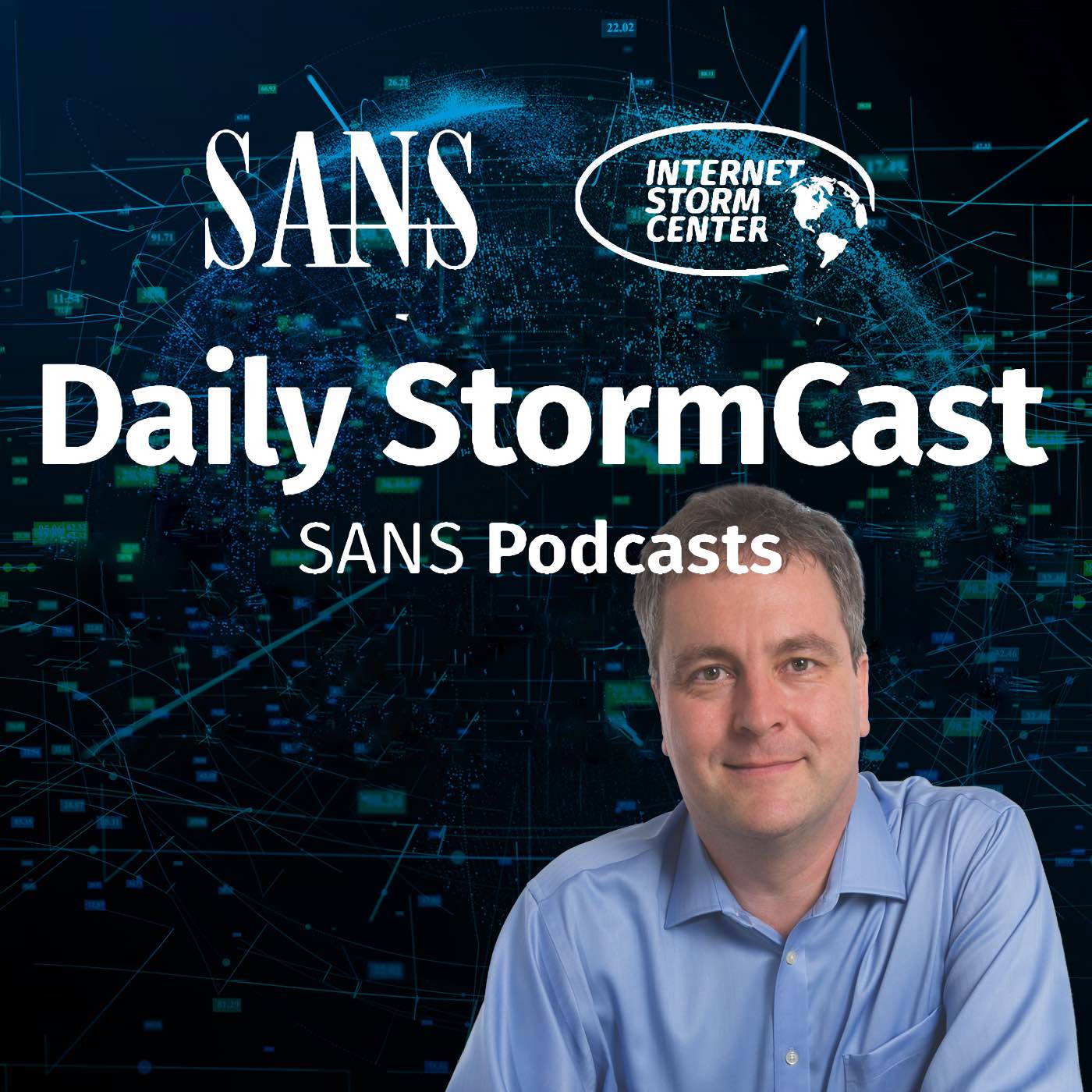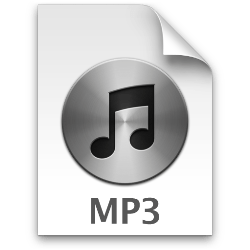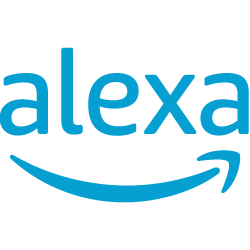Handler on Duty: Johannes Ullrich
Threat Level: green
Podcast Detail
SANS Stormcast Monday, June 23rd, 2025: ADS and Python; More Secure Cloud PCs; Zend.to Path Traversal; Parser Differentials
If you are not able to play the podcast using the player below: Use this direct link to the audio file: https://traffic.libsyn.com/securitypodcast/9500.mp3
My Next Class
| Application Security: Securing Web Apps, APIs, and Microservices | Washington | Jul 14th - Jul 19th 2025 |
| Application Security: Securing Web Apps, APIs, and Microservices | Las Vegas | Sep 22nd - Sep 27th 2025 |
ADS & Python Tools
Didier explains how to use his tools cut-bytes.py and filescanner to extract information from alternate data streams.
https://isc.sans.edu/diary/ADS%20%26%20Python%20Tools/32058
Enhanced security defaults for Windows 365 Cloud PCs
Microsoft announced more secure default configurations for its Windows 365 Cloud PC offerings.
https://techcommunity.microsoft.com/blog/windows-itpro-blog/enhanced-security-defaults-for-windows-365-cloud-pcs/4424914
CVE-2025-34508: Another File Sharing Application, Another Path Traversal
Horizon3 reveals details of a recently patched directory traversal vulnerability in zend.to.
https://horizon3.ai/attack-research/attack-blogs/cve-2025-34508-another-file-sharing-application-another-path-traversal/
Unexpected security footguns in Go's parsers
Go parsers for JSON and XML are not always compatible and can parse data in unexpected ways. This blog by Trails of Bits goes over the various security implications of this behaviour.
https://blog.trailofbits.com/2025/06/17/unexpected-security-footguns-in-gos-parsers/
| Application Security: Securing Web Apps, APIs, and Microservices | Washington | Jul 14th - Jul 19th 2025 |
| Application Security: Securing Web Apps, APIs, and Microservices | Las Vegas | Sep 22nd - Sep 27th 2025 |
| Application Security: Securing Web Apps, APIs, and Microservices | Denver | Oct 4th - Oct 9th 2025 |
| Application Security: Securing Web Apps, APIs, and Microservices | Dallas | Dec 1st - Dec 6th 2025 |
Podcast Transcript
Hello and welcome to the Monday, June 23rd, 2025 edition of the SANS Internet Storm Center's Stormcast. My name is Johannes Ullrich and this episode brought to you by the Graduate Certificate Program in Industrial Control Systems Security is recorded in Stockheim, Germany. So off this podcast I have mentioned the mark of the web and also alternate data streams. Now if you're running Windows and you're using the NTFS file system then well the mark of the web is encoded in the file as an alternate data stream. But of course we sometimes also have other interesting data, sometimes malicious data hidden in alternate data streams. Didier today talked about how to decode some of these alternate data streams using some of his tools. Most notably cut-bytes.py. That's one of the many Python tools that Didier maintains. But he also has a file scanner which is faster. It's written in C but not maybe quite as flexible as the cut-bytes tool. Both tools make it really easy to get the information out of these alternate data streams. And personally I think specifically for the mark of the web to sort of see the provenance of a particular file that was downloaded. Well that's certainly quite useful. And Microsoft made some changes to make their virtualized cloud PCs more secure. Now this affects virtual cloud PCs running in Windows 11. And really the goal of these cloud PCs is to have sort of this isolated system in the cloud that's well not really connected to anything locally. Of course by default this hasn't been true in the past. For example by default clipboards were connected or you had a USB pass through enabled. This is now disabled by default starting in the second half of the year. This is something that you should be aware of. You can of course enable it if you need to. In May Microsoft already sort of increased some of the isolation of these virtual cloud PCs by enabling features. Like for example the hypervisor protected code integrity or credential guard. And then of course the virtualization based security which makes it more difficult for an attacker to really gain access to any data on that particular cloud PC. Since they're sort of behaving like a real PC well they're actually meant to be persistent. So any malware or such would basically affect one of these PCs just like a real PC. And that's why you have to be as careful with them. But of course you can also use them as a more ephemeral machine where you just basically destroy them and then create a new one as needed. Software used to exchange files with business partners and the like seems to be notoriously buggy and vulnerable. The latest example is documented by Horizon 3 AI. They found a path traversal vulnerability in Zend.to. That's Zend with Z in the beginning. This path traversal isn't quite as critical as some of the other issues that we have seen in similar tools. But it still does allow access to files from different users. Not just read access but also write access. The one thing I haven't seen here yet is an arbitrary code execution vulnerability that often comes with these type of path traversal vulnerabilities. But apparently that's sort of one item they prevented here as they designed their system. A patch has been made available on June 10th. One security vulnerability that I've sort of mentioned a couple times but I don't think ever really covered properly is related to parser differentials. What this refers to is that in one particular programming language you may have multiple parsers for complex formats like JSON and XML that behave slightly different. And this can easily then lead to problems as you're translating for example JSON to XML or back or as you're using one particular parser to for example parse data for input validation then later a different parser as you're actually using the data. Trails of Bits has a real great blog post where they're going over some of these differentials in Go. Now Go is just one programming language. These issues like I said exist in other languages as well. We have covered them at times in other languages also not just with JSON and XML also with other sort of more complex formats as they're being parsed. So definitely something to be aware of and I think this blog post makes a good read even if you're not coding in Go to really tell you a little bit what to look for as you are for example investigating how different parsers work and how they may or may not be compatible with each other. Well and this is it for today. So thanks for listening and talk to you again tomorrow. Bye.












